Apple's improvements to pedometer accuracy hint at possible health accessory
Three filings published by the U.S. Patent and Trademark Office on Thursday reveal Apple is working to improve the accuracy of pedometer readings when implemented in mobile devices, hinting that the company may be planning an entrance into the health accessory industry.
While Apple's patents (1, 2, 3), each titled "Techniques for improved pedometer readings," don't specifically mention a wearable accessory, the technology detailed can easily be applied to such a device. Perhaps most interesting is that Apple filed three separate patent applications describing three different pedometer logging techniques, yet the company has yet to implement a first-party solution or product that leverages such technology.
Each filing looks to solve the same problem: pedometer accuracy. Current devices, even those specifically made to track a user's steps, are not completely accurate due to hardware and software limitations. Apple's invention hopes to rectify the situation through intelligent data collection and processing.
The patent applications start out by describing a pedometer, which is a device having motion sensing capabilities, such as a built-in accelerometer or gyroscope, that provides step count, running step count, distance traveled and other metrics. It is pointed out that the device described in some embodiments is not limited to one suitable for step detection, meaning the tech can be applied to smartphones and the like.
Conventional techniques detects steps using acceleration swing over a fixed threshold, but Apple's invention uses adaptive threshold and frequency filtering to garner more accurate results. Frequency analysis can include fast Fourier transform (FFT) or other algorithms, while distance calibration can apply least squares simple regression, least squares multiple regression, or K-factor.
From the patent summary (with corresponding illustration below):
However, by using fixed threshold techniques, some steps may not be detected due to offsets or shifts in the accelerometer. For example, when a user of the device is running, the average acceleration of the device may be higher due to the greater acceleration of each footstep and the overall faster forward motion. Due to the higher offset of average acceleration during running measurements, some negative slope 88 to positive slope 86 threshold crossings may not be detected. For example, the negative slope 88 to positive slope 86 transition at point 94 in the graphed modulus 52 does not cross the 1 g threshold between peaks 92a and 90a. As a result, while peaks 92a and 90a may actually correspond to two steps (e.g., a left step and a right step), conventional threshold filtering techniques may detect only one step due to the lack of a negative to positive transition (e.g., point 94) crossing below the fixed 1 g threshold.
These methods allow for a finer set of data due that can conform more readily to changes in stride and a user's personal physical attributes. On that point, a GUI is also implemented into which weight, height and other user specifics can be entered for processing with the given algorithms.
By using these advanced methods, a more accurate assessment of user motion can be tracked, consequently generating more accurate pedometer data.
The language goes on to detail the various algorithms and implementations of adaptive threshold and frequency filtering.
Third-party app makers have indeed created pedometer software that uses data from the iPhone's built-in sensors to track steps taken and estimated distance traveled, but Apple itself has yet to launch such an asset. Furthermore, the invention seeks to improve upon existing techniques, suggesting the company is planning to implement the tech in a pedometer app, or possibly a wearable device like the much-rumored "iWatch."
All three applications were filed for in September of 2011 and credit Yash Rohit Modi, Vinay Bethgiri Ganesh Dixit and Saurabh Gupta as their inventors.
 Mikey Campbell
Mikey Campbell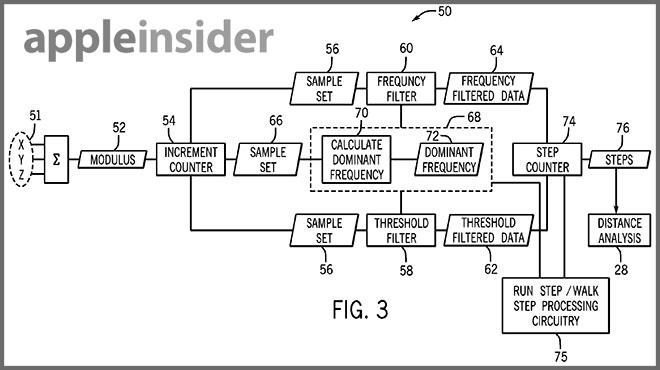
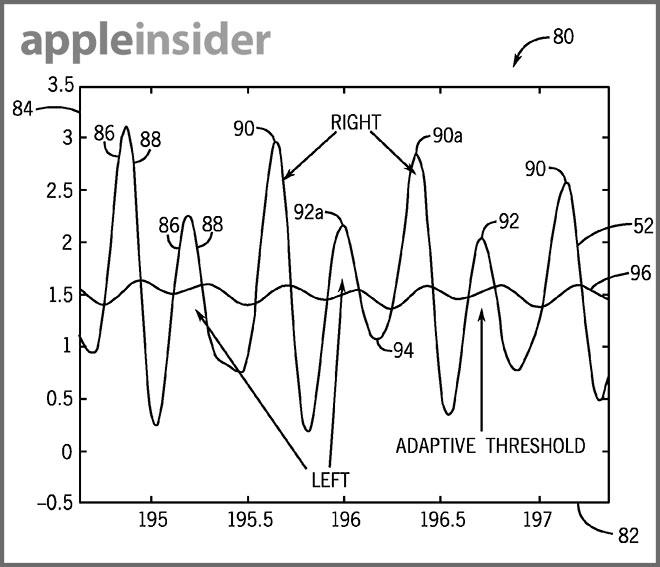














 Malcolm Owen
Malcolm Owen
 Amber Neely
Amber Neely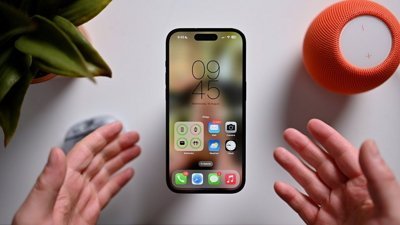
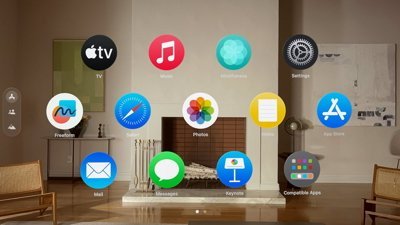

 Christine McKee
Christine McKee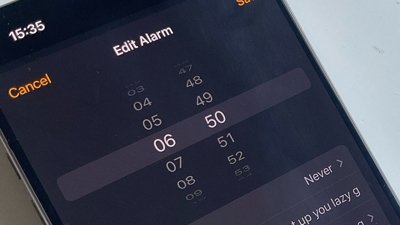
 William Gallagher
William Gallagher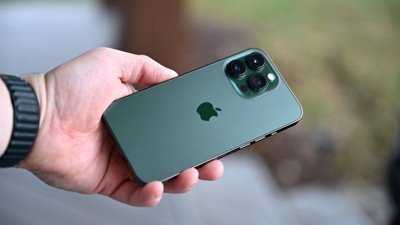
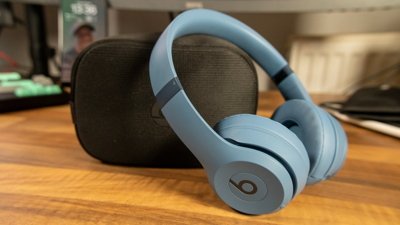







5 Comments
This was what the wearable rumors were about... It's not the iWatch, it's the iShoe!
copying Samsung's S-health?
copying Samsung's S-health?
Apple was doing this kind of thing ages ago with the Nike shoe, the pedometer in Nanos etc.
That said, just cause they have a patent don't assume they are doing it all themselves. Apple has a lot of patents they license to others or are just about improving support for what the other kids are doing.
Hahaha. Post anything about Apple on this mainly American forum and you get in excess of 50 replies for each topic. Post about fitness on a mainly American forum, 3 replies. Gotta love stereotyping.
Wow, it's amazing how you can patent something that really isn't an innovation by itself but rather ideas for solutions that could be. "Frequency analysis can include fast Fourier transform (FFT) or other algorithms"? "Adaptive threshold"? Yeah, some technique for signal processing is bound to be useful when improving the processing of a signal. I bet they had the "idea" at lunch and wrote the patent in the afternoon. Ridiculous!